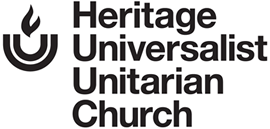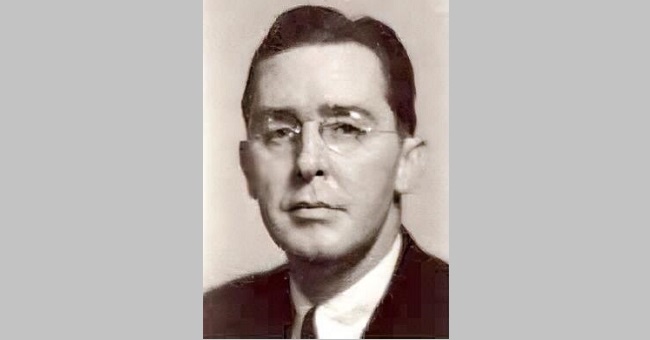by Mike Roberts, Church Historian
The similar histories of our church and the First Unitarian Church of Cincinnati, as well as the much different path taken by St. John’s Unitarian Church, all led to a convergence in 1961 when the national Unitarian and Universalist faiths merged. (This is sometimes referred to as “consolidation.”) While this joining was an official recognition of the similarity in these faiths, there had been times long before that event when the churches worked hand in hand.
Beginning early in the 20th century, a group of liberal churches in Cincinnati met annually for a joint Thanksgiving worship service. This joining of hands for giving thanks was conducted for sixty years, well past the time of the eventual national UU merger. When issues of great importance and challenge, especially in the area of human rights, confronted our city and country, these liberal churches often worked together to propose solutions to these problems. One of the local liberal churches, the New Thought Temple, eventually merged with our church in the late 1940’s. When other liberal-minded churches closed, often their members found refuge in one of the remaining liberal churches. For about 25 years after World War II, a group of men from these churches met to discuss common causes and issues. They were called BOGSAT which stood for “A bunch of guys sitting around a table”.
In the 1930’s, our church was blessed with a minister named Robert Cummins. Cummins was an early proponent of the national Unitarian and Universalist merger. In a 1949 address he proclaimed that the very name of his church implied a unity and an openness to all. Eventually, he went on to become the General Secretary of the Universalist Church of America. He wielded great influence in planting the seeds for a merger on the national level. However, before that merger occurred, he retired from his church office to serve the Eisenhower administration in the area of international cooperation. But he had begun to pave the road to merger.
While the union of these faiths may seem logical now, it was by no means unopposed in the years leading up to 1961. Each church took a vote as to whether they supported the idea and our own congregation voted overwhelmingly against it. Our minister at the time, Albert Perry, also was opposed and when the two churches joined forces, he resigned as a minister unable to support the new organization. Years later, he rejoined the united church and became one of its most respected ministers.
While similarities in the two groups existed, differences always hung like a cloud over the merger efforts. Perhaps no one could reflect on the merger better than UU minister John Cummins, the son of Robert Cummins. He remembered a Boston Unitarian matron saying that “Universalists were nothing more than Baptists who could read.” Cummins stated that “Universalists complained that Unitarians did not feel they’d had a good sermon unless they couldn’t quite understand it themselves.” Differences were aplenty, many of them organizational and others theological. In examining our own orders of service during the 1950’s, it becomes readily obvious that while liberal in its positions on human rights, it was still very strongly based in Christianity. One of the most contentious issues was how to deal with Christianity in the new UUA. In Article II, hotly debated at the 1959 General Assembly, it was only referenced as “the universal truths taught by the great prophets and teachers of humanity in every age and tradition”. In retrospect, the merger probably happened at an opportune time as liberal thought was to experience a renaissance during the late 1950’s and the 1960’s. Just to name a few issues, civil rights, obscenity laws, personal freedoms, women’s rights, and a host of others causes were being brought to the forefront of American thought. It was a perfect time for a liberal church to reexamine its own values and transform itself into what it has become today.
In sheer numbers, Unitarians outnumbered Universalists about 3 to 1. Of the 151,000 persons who joined the new UUA, only about 36,000 were Universalists. While it is obvious Unitarians could have steamrolled their own positions through any merger agreements, such does not seem to be the case. Interestingly, since the merger the population of the UUA has stayed steadily around 150,000. This has occurred while most other denominations have experienced steep declines in membership over the same period.
Years were spent in formulating the final agreement. And as John Cummins points out, even then the “final” agreement was amended 23 times before the merger was completed. A new UUA tradition had been started. To visually confirm the equality of the uniting of the two faiths, the first sermon was delivered in Symphony Hall in Boston by speakers standing behind a pulpit used by Hosea Ballou and another pulpit used by William Ellery Channing.
Image: Rev. Robert Cummins

